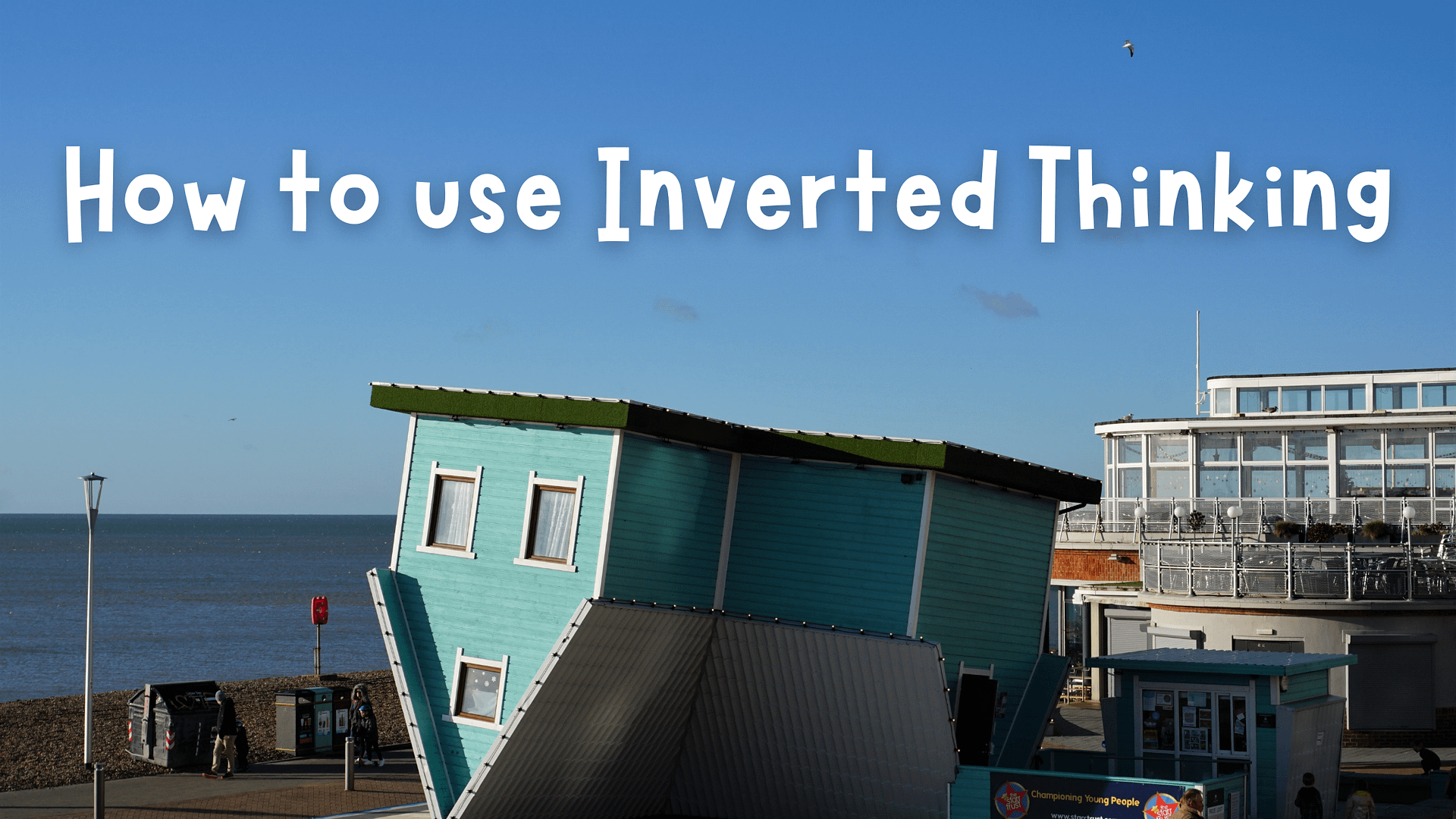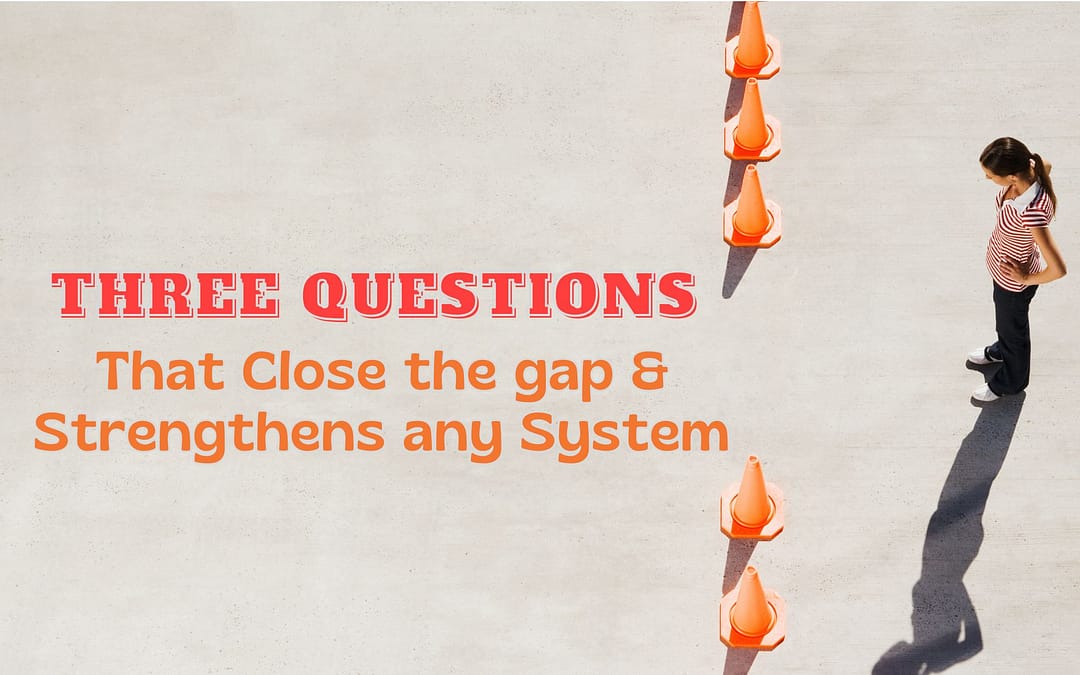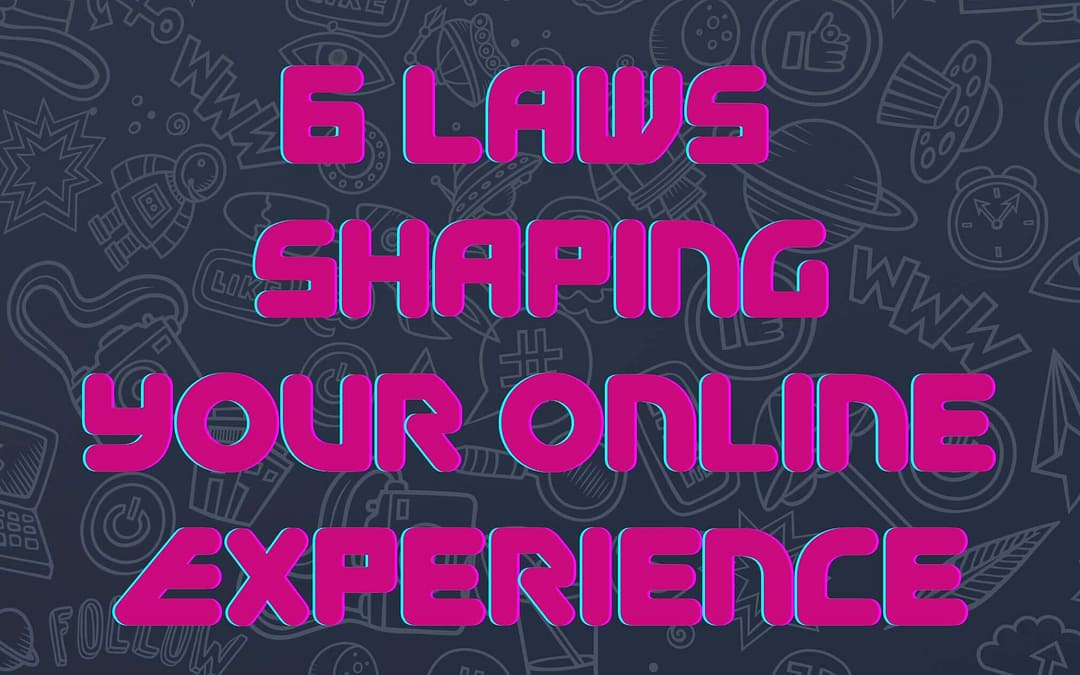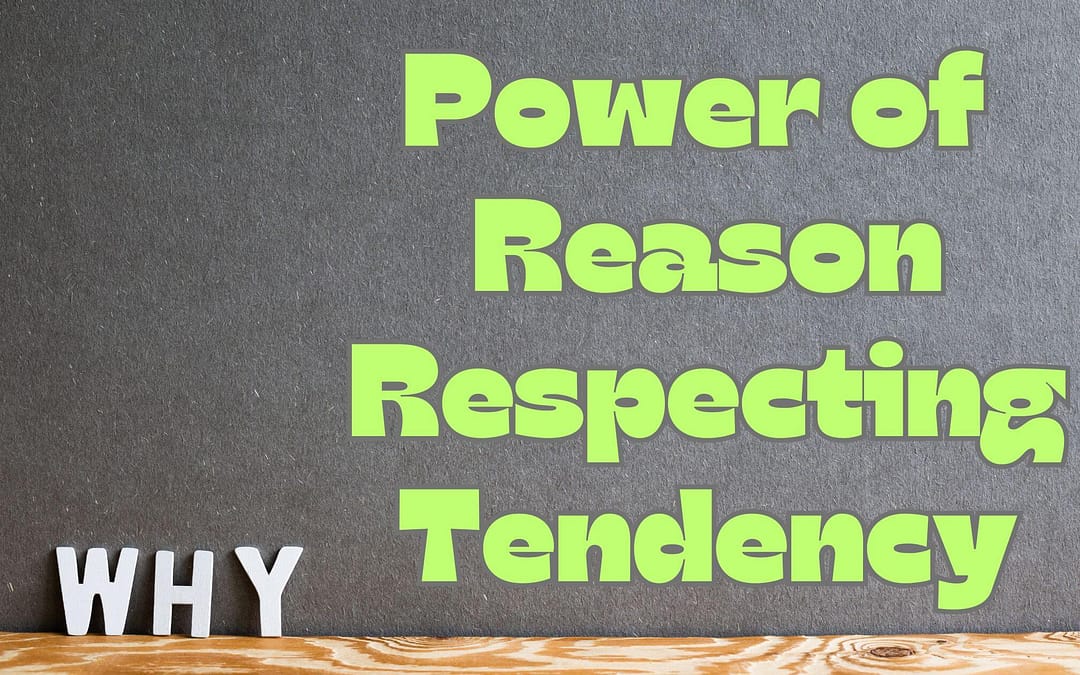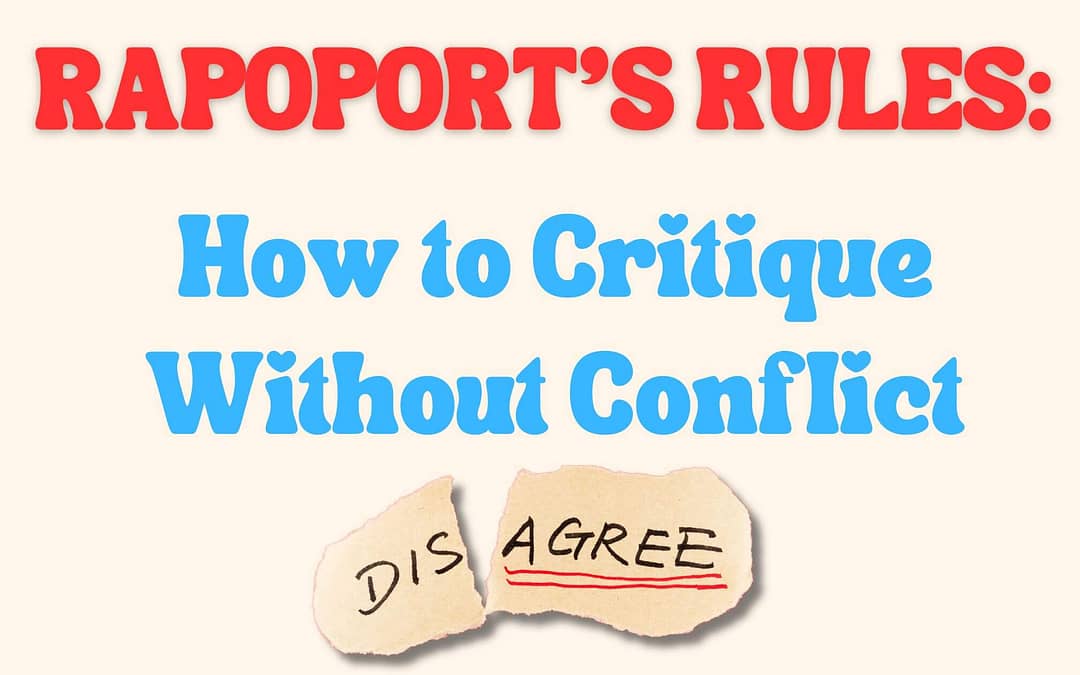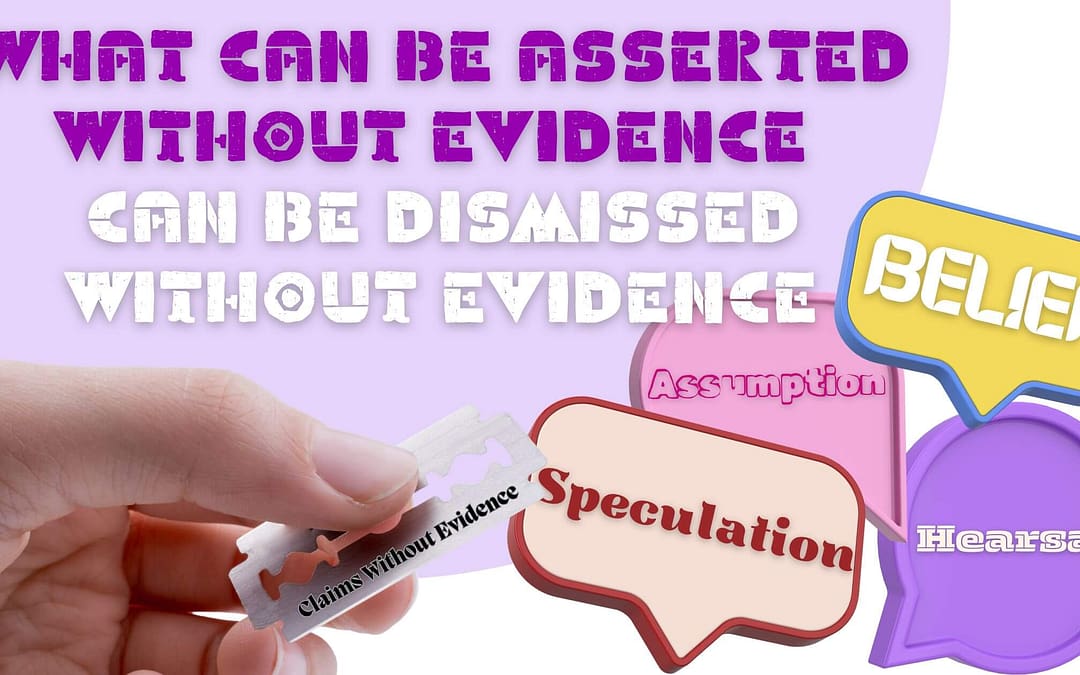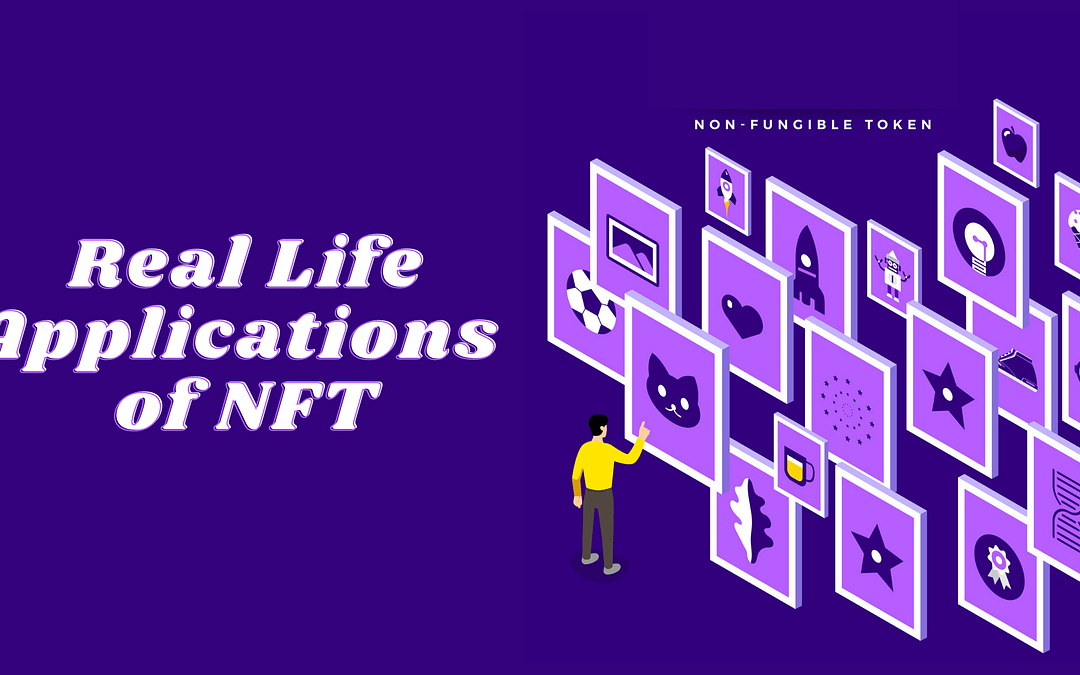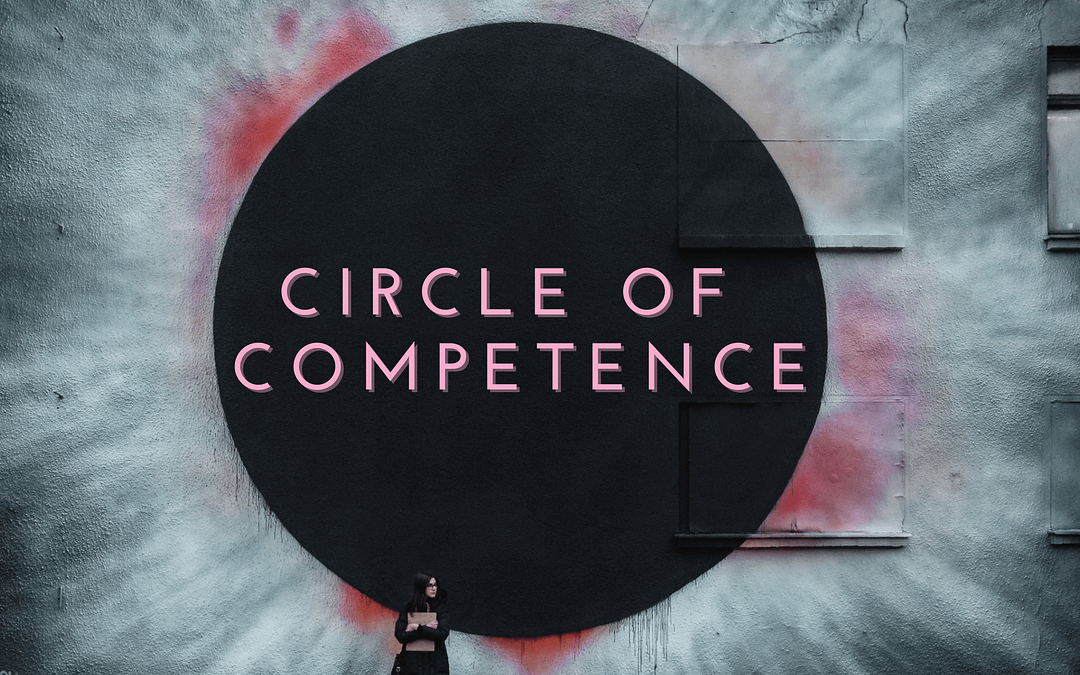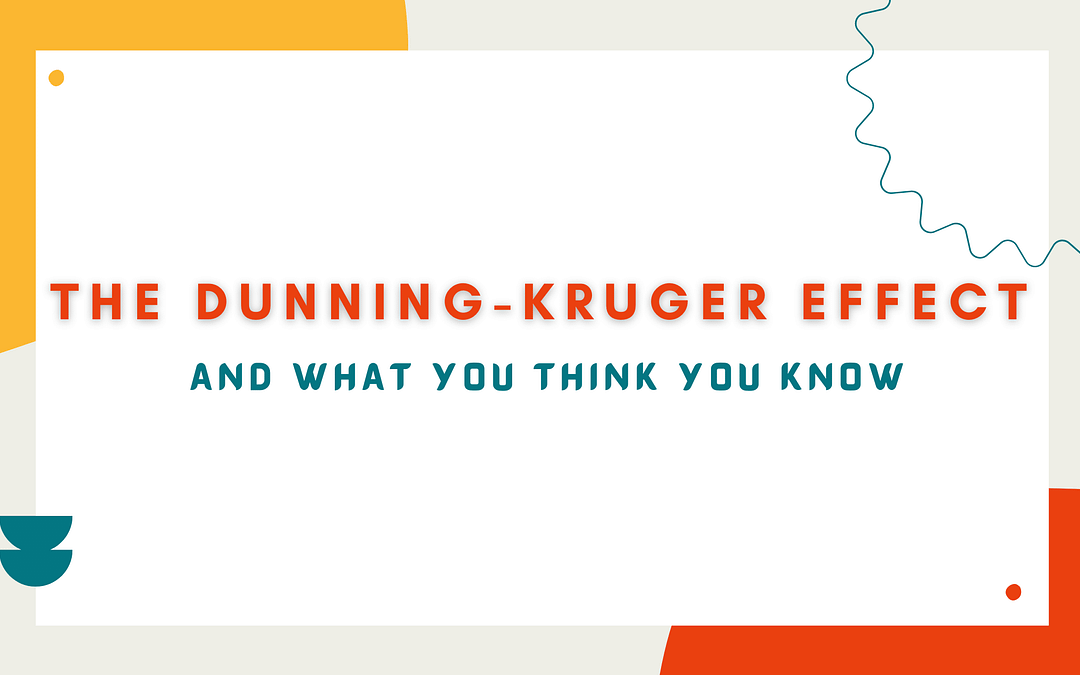Inversion is probably one of the most important mental models you can learn, not because of what it can help you do, but because of what it can help you avoid. Inversion looks at a problem backward, asking the opposite of what it is you’re trying to achieve. If you want brilliance, you avoid stupidity. If you want freedom, you avoid restriction.
Hard problems are best solved backward
It might sound counterintuitive, but many of the most challenging problems are best solved backward. Thinking of the opposite of what you’re trying to achieve might feel wrong, but there are many benefits to approaching it this way. It gives you a fresh perspective, lets you anticipate challenges, and forces you to think of the ways you could fail.
Let’s say you want to create a more productive workplace. Without inversion, you might start with the question, “What can I do to make this area better for productivity?” Answers to this question would lead to ideas about new workplace setups, things you can add to the space, or maybe even making your office more ergonomic.
If you approached the problem backward, you would ask, “What can I do to avoid being unproductive in this work area?” Now you’re thinking goes to possible challenges you might face, something you would have avoided thinking about without inversion. You might think of the possible distractions that could prevent you from doing your work or preparing for the fact that you may not have all the tools you need in one place.
The main difference here is that inverted thinking forces you to consider what can go wrong or prevent you from achieving your goal. You’ll notice that it’s far easier to avoid the problem than it is to seek the solution.
Avoiding stupidity is easier than seeking brilliance
I should be clear here. Using inverted thinking won’t always help you solve the problem, but it can help you avoid causing further damage or making the situation worse. The point isn’t to only use backward thinking when trying to achieve something or plan out a strategy. The purpose of inverted thinking is to offer a new perspective by tackling something differently. It also considers this new perspective with other ways of thinking.
Although there are many questions you can ask to achieve this new perspective, they typically fall under these two categories:
- What can prevent it?
- What can cause me to fail?
Without using inverted thinking, your questions may fall into many other categories that are hard to achieve. They can include but are not limited to:
- What steps do I need to take?
- How do I get there?
- What do I need?
- Who do I need to do it with?
- How much do I need to invest?
You should have noticed that it’s far easier to apply inverted thinking than it is to use the typical perspective of thinking of how to achieve something. That’s why avoiding stupidity is easier than seeking brilliance.
Premortem vs. postmortem thinking
Most of us already know what postmortem thinking is. It’s looking at something after the fact, trying to diagnose the causes of what led us to where we are. If you were caught in the rain, you might think of the stormy clouds you ignored, the fact you didn’t bring an umbrella, or that you stayed outside longer than you should have. Postmortem thinking is great from understanding what happened after everything is done and settled, but it does nothing to help you avoid the problem in the first place.
On the other hand, premortem thinking forces you to consider a future failure in a postmortem way. Before you went outside on a rainy day, you might pretend for a moment that you were already caught in the rain. You would consider what led you to that and how you can avoid the things that led you to be stuck in the weather.
You can apply the inverted premortem thinking for anything you’re trying to accomplish. All you have to do is pretend you already failed and work backward from there.
What happens if you don’t use inverted thinking?
If you don’t use inverted thinking, you would limit your perspective and most likely lose sight of the potential roadblocks to achieving what you set out to do. It would make your strategy more challenging to accomplish and only feasible under best-case scenarios.
Ask yourself, what would happen if you didn’t use inversion in your own life?

